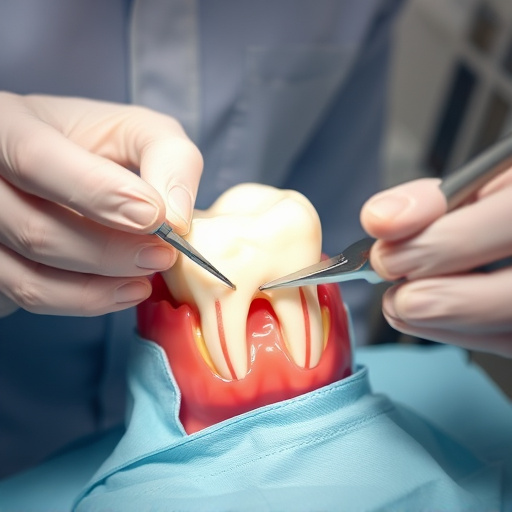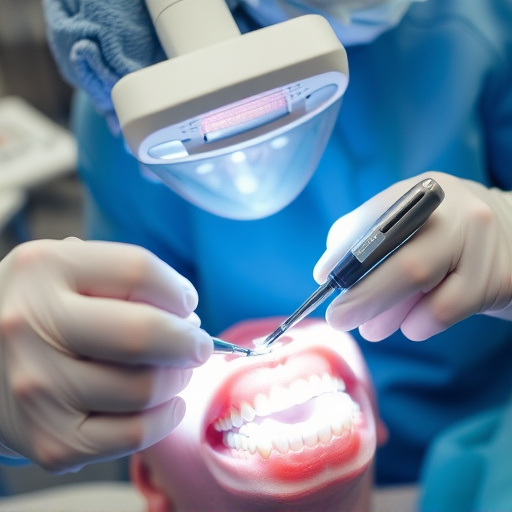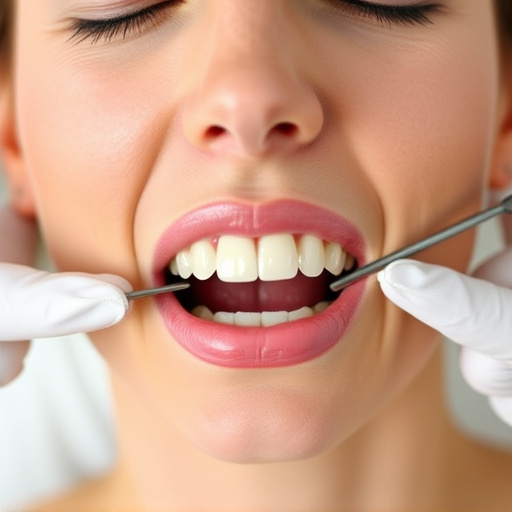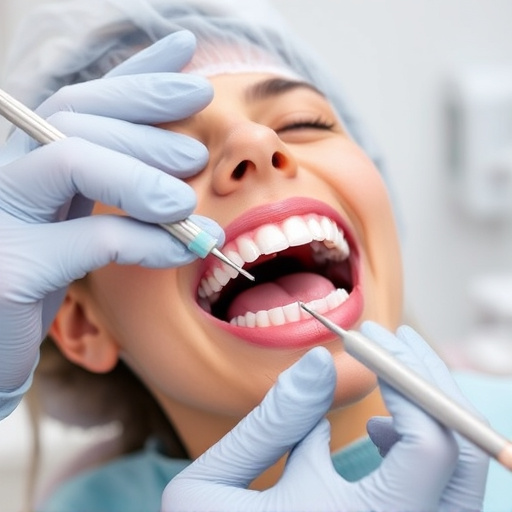A full mouth restoration combines extractions, implants, crowns, and bridges to address severe oral damage, enhancing aesthetics and functionality. Modern dentistry offers diverse materials like porcelain and composite resins, with advanced techniques including implant integration for long-term solutions. Proper post-recovery care and regular check-ups are vital for maintaining the success of a full mouth restoration.
“Experience the transformative power of a full mouth restoration—a comprehensive solution for profound dental damage. This in-depth guide explores the intricate process, from understanding your unique needs to choosing from advanced materials and techniques. Learn how modern dentistry revitalizes both form and function, offering lasting results.
Covering recovery paths and essential aftercare practices, this article equips you with knowledge, ensuring a confident step towards a restored smile. Discover the full scope of full mouth restoration and take the first step toward reclaiming your dental health.”
- Understanding Full Mouth Restoration Needs
- Exploring Dental Restoration Materials and Techniques
- Recovery and Aftercare for a Restored Smile
Understanding Full Mouth Restoration Needs
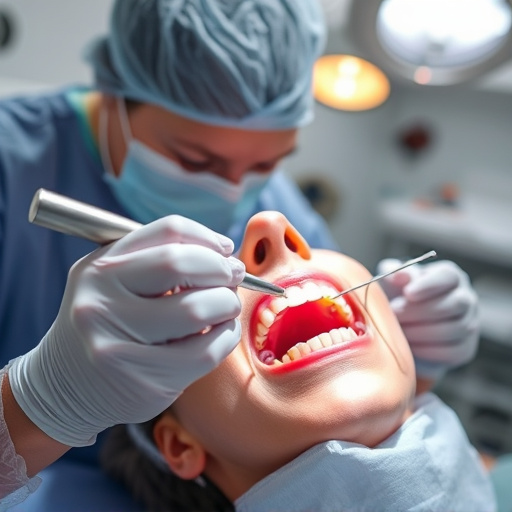
Full mouth restoration is a comprehensive approach to oral health designed to address significant dental damage or deterioration. It involves restoring all teeth in the upper and lower jaws, often requiring a combination of treatments including tooth extractions, implants, crowns, bridges, and restorations. This extensive process aims to not only improve aesthetics but also enhance functionality and overall oral health.
Understanding your specific needs for full mouth restoration begins with routine oral exams and professional dental cleanings. During these visits, dentists assess the condition of each tooth, identifying any decay, fractures, or other damage. In some cases, simple fillings or minor restorative dentistry procedures may be adequate to preserve teeth. However, when extensive decay, multiple missing teeth, or severe structural issues are present, a full mouth restoration becomes essential for long-lasting oral health and a confident smile.
Exploring Dental Restoration Materials and Techniques
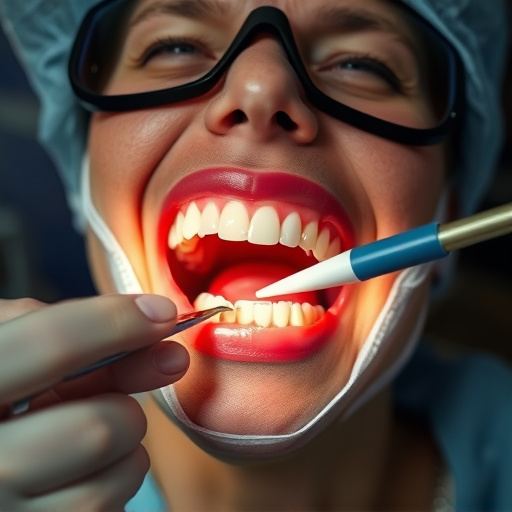
When considering a full mouth restoration, exploring various dental restoration materials and techniques is essential. Modern dentistry offers a range of innovative options designed to mimic natural teeth both in function and aesthetics. From porcelain veneers and composite resins to advanced ceramics and titanium implants, each material has its unique properties and advantages. For instance, porcelain is renowned for its durability and ability to withstand chewing forces while maintaining a lifelike appearance. Composite resins, on the other hand, are versatile and can be used for both aesthetic improvements and functional repairs.
Additionally, dental techniques have evolved to cater to different needs. Routine dental cleanings and wisdom tooth removal may prepare the mouth for more complex procedures like tooth repair or replacement. Implants, for example, offer a long-term solution for missing teeth by integrating with jawbone tissue, providing a sturdy foundation for crowns or bridges. This advanced approach ensures not only the structural integrity of restored teeth but also their longevity and comfort for patients.
Recovery and Aftercare for a Restored Smile
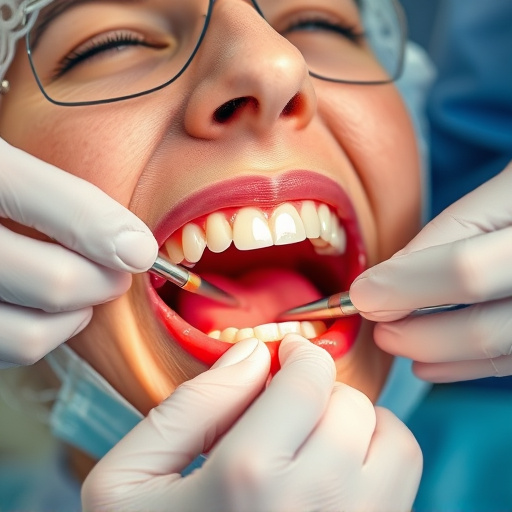
After a full mouth restoration, the recovery period is crucial for ensuring the longevity of your newly restored smile. It’s essential to adhere to post-treatment aftercare instructions provided by your dental professional. This may include taking prescribed medications to manage any discomfort or swelling, and following a soft or liquid diet for the first few days to prevent dislodging the work done. Staying hydrated and practicing gentle oral hygiene routines are also vital during this time. Regular, gentle brushing and rinsing with salt water can help maintain cleanliness without putting excessive pressure on your teeth and gums.
In addition to immediate aftercare, maintaining a robust preventive dentistry routine is key. This includes scheduling regular routine oral exams and professional cleanings. Keeping up with these appointments allows for early detection of any potential issues and ensures that your full mouth restoration remains intact. Moreover, addressing any concerns about wisdom tooth removal or other relevant procedures promptly can prevent future complications and maintain the overall health of your smile.
A full mouth restoration is not just about fixing damaged teeth; it’s about revitalizing your entire oral health and enhancing your smile’s aesthetic. By understanding your needs, exploring advanced materials and techniques, and committing to proper recovery and aftercare, you can achieve a durable, natural-looking result that restores confidence and improves quality of life. This transformative journey towards a healthier, happier smile is well worth considering for anyone seeking a complete oral revival.








